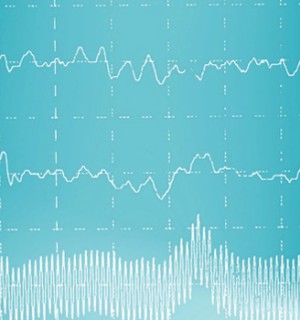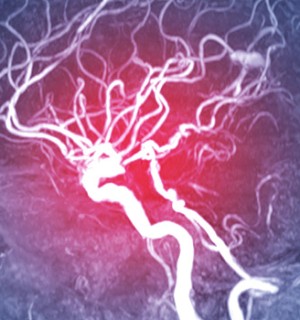Types of ENG Testing
There are numerous types of tests that fall under the umbrella of ENG. In some cases, patients will only need one, but in others, two or more tests are needed to sufficiently evaluate the patient. The following are the different ENG test types:
- Calibration test: This test is done to measure ocular dysmetria
- Pendulum-tracking test: This is done to see how well the patient is able to use their eyes to follow light
- Positional test: This is done to determine amount of eye motion associated with specific movements
- Gaze nystagmus test: This is done to see how well the patient is able to maintain their gaze on something without involuntary movements
- Optokinetics test: This is done to see how well a patient can follow fast-moving light without moving their head
- Water caloric test: This test is done to see if the eyes move involuntarily when a stimulus is introduced
All of these tests are used to determine if patients have disorders affecting their peripheral vestibular system. For example, if someone presents with vertigo, dizziness, or hearing loss, ENG testing might be beneficial to identify the issue.
Procedure
Doctors might order this test for patients staying in the hospital, or it can be done as an outpatient procedure. This procedure may vary, but there are some common and general steps, including:
- Any wax in the ear is removed.
- Using alcohol, the facial skin is cleaned and allowed to air-dry before the electrodes are positioned.
- The electrodes are attached to the skin using a paste. One goes on the center of the forehead and others are placed below the eye and above the eyebrow. In some cases, one will go on either side of each eye.
- Once the test begins, what happens next depends on the exact type of ENG being done. For example, the doctor may ask the patient to move their eyes or head in specific ways.
- If caloric testing is being performed, water or air may be put into the ear to see what this causes the patient’s eyes to do.
- The electrodes will detect the electrical activity and chart it so that the doctor is able to see if there is an issue.
Following the test, the electrodes are removed, and the paste is washed away. For a short while, patients are monitored for dizziness, weakness, or nausea.
After the Test
Risks are minimal with this testing. Some patients report some nausea or dizziness during the test. Mild discomfort is possible with the water caloric test due to the water that is introduced into the ear.






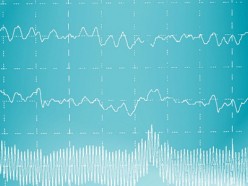
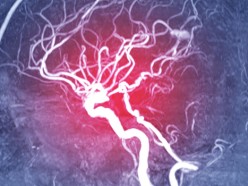

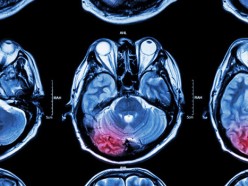

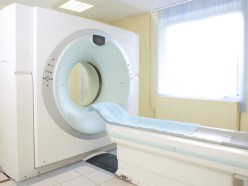





.jpg&w=300&h=320)
.jpg&w=300&h=320)
.jpg&w=300&h=320)

